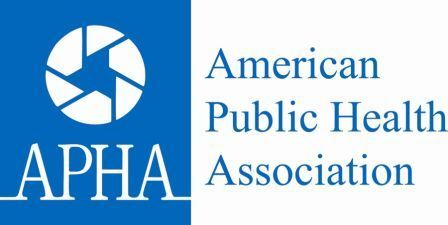
American Public Health Association outlines hidden health costs of transportation
 |
The Patient Protection and Affordable Care Act signed by President Obama earlier this year was a step toward expanding health coverage while lowering costs. But there’s far more to be done. A truly comprehensive approach to health must account for transportation’s role in our levels of physical activity.
The American Public Health Association tackles that in a new report titled “The Hidden Health Costs of Transportation.”
For decades, Americans have made great use of the interstate highway system, but our transportation system is outdated and in need of retooling. The promise of convenient inter- and intra-city driving came with unseen drawbacks: long commutes and gridlock that keep Americans stuck in their cars and away from their families.
It doesn’t take a doctor to figure out sitting at work for eight hours a day and driving for another 1-2 can’t be all that good for you. Where we live and how we get there matters. The APHA put it well: “transportation investments and the systems that are developed from them shape lives and communities.”
It’s not just a lack of physical activity that ails us. Our current habits expose us to high asthma rates from pollution and unsafe streets for pedestrians and bicyclists, as outlined in our Dangerous by Design report last year.
So what needs to change? One place to start is by expanding transportation options. Driving will always be a necessity, but Americans have shown their desire for public transportation with their votes and feet. Pollsters found that 82 percent of American voters believe the U.S. would benefit from an improved and expanded public transportation system, and 79 percent of rural residents shared that sentiment as well. Build it and they actually will come, it turns out. The APHA writes:
An investment in a “healthier” transportation system is critical. Providing convenient alternatives, encouraging active modes of transport, and a establishing a transportation system that fosters connectivity and social interaction can not only offset health impacts and costs, but generate health benefits.
In addition to increasing access to other transportation options, the APHA also stresses that health impacts should be considered during the planning and decision-making stages of transportation projects to the fullest extent possible.
Growing recognition of the connection between transportation, land development and health has resulted in some studies and examples where health impacts and costs have been considered and assessed. These examples not only demonstrate that health costs should be a significant factor in decision-making, but also show that calculating such costs is indeed possible.
The APHA has laid out the reasons why our long-term health is distinctly linked to how we get around, and the passage of health care reform should serve an impetus to take the right next steps. Will Congress heed APHA’s counsel as the next surface transportation bill advances?



